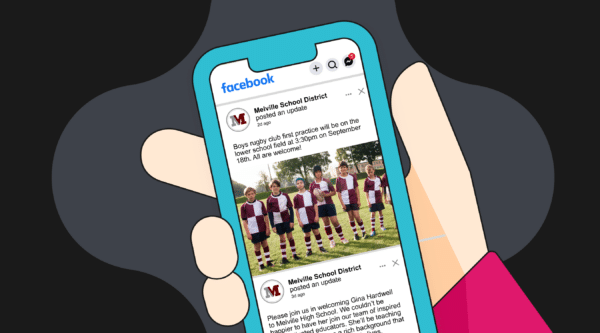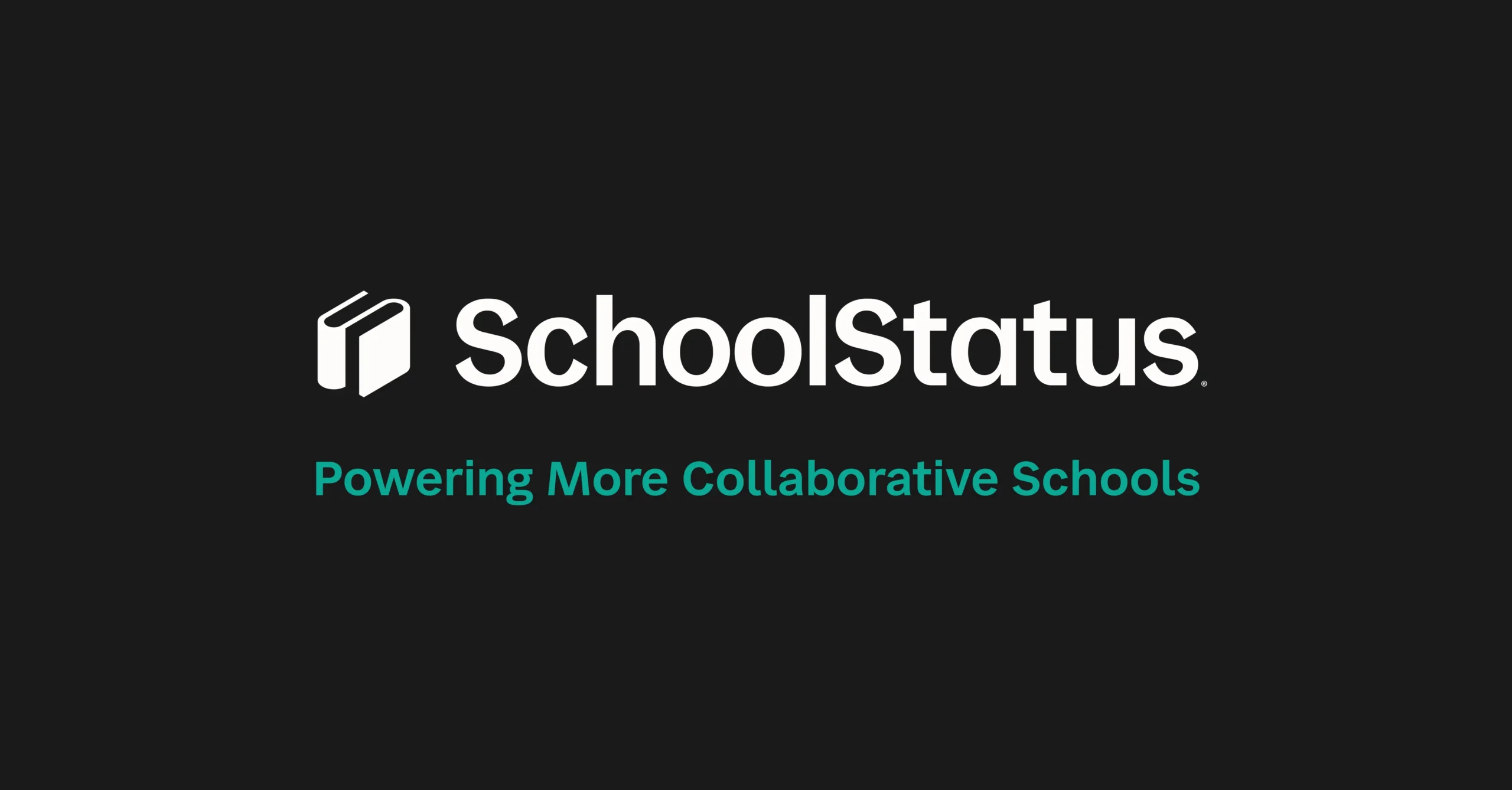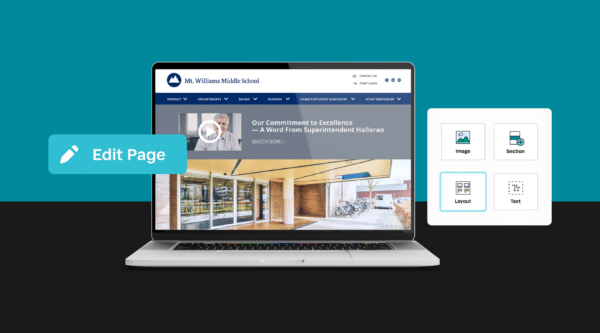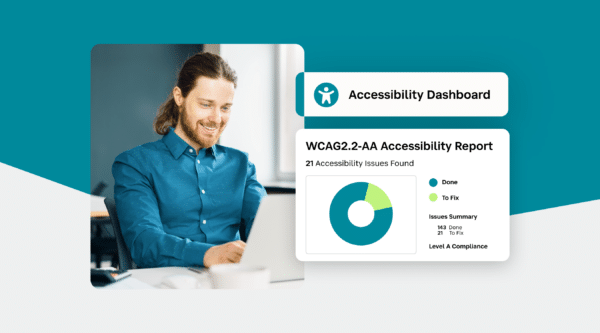

In the past, school websites primarily served as a basic directory, offering little more than contact information and a calendar of events. If you were lucky, the information might even be up to date.
But today, schools have a huge opportunity to use their websites for far more than just the basics. While staff directories and event calendars remain important, a strategic approach to website content can greatly enhance engagement with families, staff, and the community.
Enter the Web Content Rule of Thirds—a balanced strategy that ensures your school website isn’t just functional but engaging and inspiring.
The Core Content: Your Website’s Standard Plays
Before diving into the content rule of thirds, it’s crucial that schools get the basics right. These “standard plays” form the foundation of any successful school website and should be readily accessible:
- Contact information and staff directories
- District and school calendars
- Teacher web pages
- Links to Learning Management Systems (LMS) and Student Information Systems (SIS)
- Lunch menus and family resources
- Athletics schedules
- Important forms (permission slips, registration info)
These foundational elements are essential, but if that’s all your website offers, you’re missing out on its full potential. Once these are in place, it’s time to take your content strategy further.
The Web Content Rule of Thirds
To truly engage your school community, diversify the content on your website. The Web Content Rule of Thirds recommends dividing your content into three key categories: News and Events, Human Interest, and Ideas. This approach adds depth to your website and gives your audience a reason to keep coming back.
Here’s how to implement the rule of thirds to maximize engagement:
1. News and Events
This is the heart of your school’s ongoing activities. Beyond just listing events on the calendar, think of this as your school’s “front-page news.” Whether it’s promoting upcoming events, sharing real-time updates, or celebrating achievements afterward, your school website should keep everyone in the loop.
Make sure your calendar:
- Allows users to customize their view (district, school, or department-specific)
- Syncs with personal calendars like Google or Outlook
- Provides event details beyond just dates (event highlights, registration info)
Don’t forget to share these updates across your other communication channels—social media, email, and newsletters—to reach as many people as possible.
2. Human Interest
People connect with stories, and your school is full of them. Share the experiences and milestones that make your school community unique. This content doesn’t need to be long or complex—a simple photo or short video can tell a powerful story.
Ideas for human interest content:
- Student and staff achievements
- Behind-the-scenes looks (sports practices, theater rehearsals)
- Alumni updates and throwback moments
- Family and student interactions
These are the stories that foster pride and connection within your school community.
3. Ideas, Tips, and Insights
The final third of your content should focus on offering valuable information. Think of this as your chance to educate and inspire. Curating relevant content from trusted sources (such as NSPRA, PTO, NEA, etc.) can provide useful insights without requiring constant content creation on your part.
Content ideas for this category include:
- School statistics and achievements
- Education news and trends
- Homework tips for parents
- Family resources and helpful guides
- Inspirational quotes or messages for the community
This type of content not only informs but also reinforces the value your school brings to families and staff.
It All Adds Up: Increasing School Value Through Engagement
By applying the Web Content Rule of Thirds, your school website can go from a basic tool to an essential resource that builds engagement and trust. A mix of news, human interest stories, and helpful ideas paints a fuller, more vibrant picture of your school’s value.
Start today by reviewing your own website. Are you relying solely on the basics, or are you offering a variety of content that speaks to all aspects of your school community? This approach doesn’t just increase engagement on your website; it can also enhance your broader school communication strategy across social media, emails, and newsletters.
Remember, a school website should do more than just meet the minimum requirements. It should be a dynamic space that serves students, families, and staff by offering content that informs, inspires, and engages.
Ready to boost engagement? Learn howSchoolStatus can help you elevate your school communication with the right tools and strategies.
Stay Connected
News, articles, and tips for meeting your district’s goals—delivered to your inbox.





